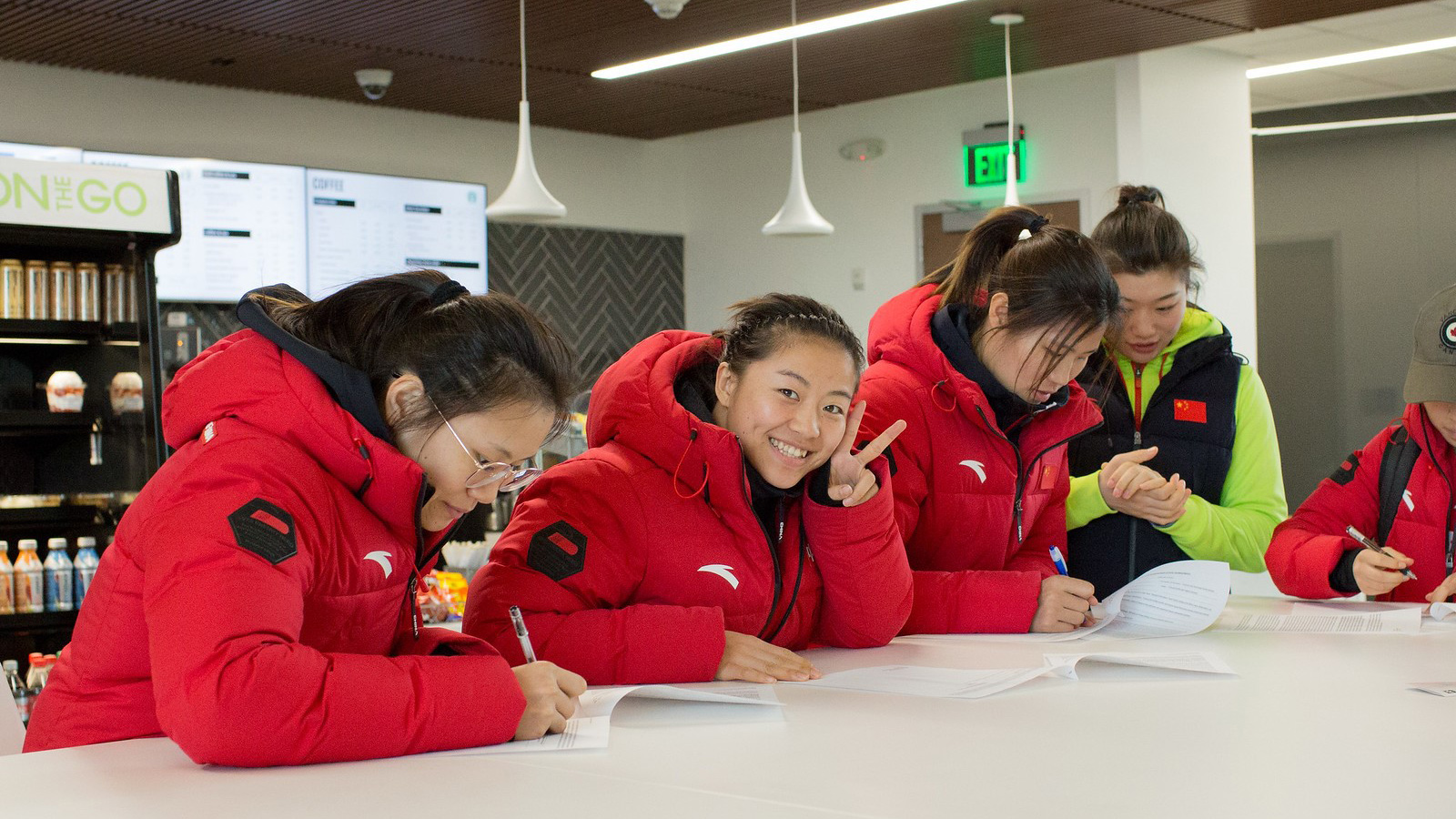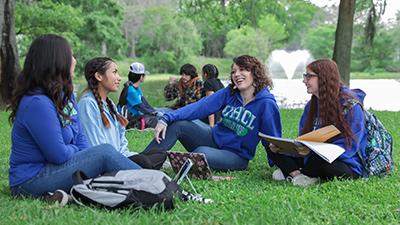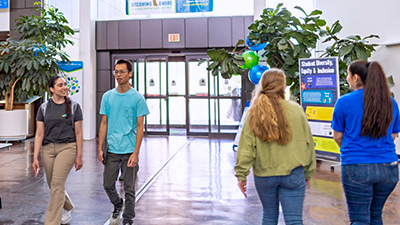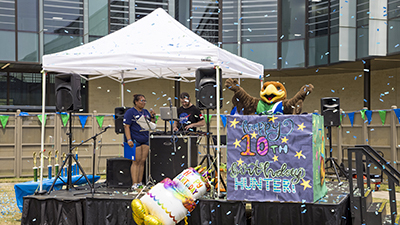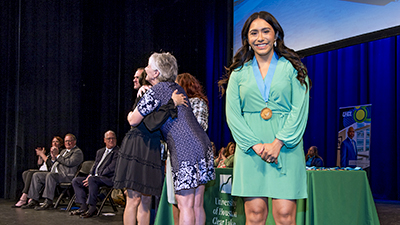
Research and Publications
Current Research
A list of the ongoing studies in the Health and Human Performance Institute is listed below. If you are interested in volunteering, please email HumanPerformance@uhcl.edu.
The Relationship of Muscle Size, Anthropometrics, and Force-Power Output to Flywheel Kinetics
Principal Investigator: Dr. Amonette
Student Leads: Heidi Campo, Patrick Teepe
Research Team: Arhely Quiroga, Keamia Rasa, Paul Fullmer, Ariful Bhuiyan
Summary
The flywheel exercise device (FWED) is becoming more popular in exercise science, but there remains a gap in the literature regarding the power outputs between different inertial loads. This randomized controlled trial aims to explore the relationship between the inertial load and peak power.
Development and Cross-Validation of Novel Test to Measure Anaerobic Capacity: The Flywheel Anaerobic Test (FWAT30)
Principal Investigator: Dr. Amonette
Student Leads: Keamia Rasa, Arhely Quiroga
Research Team: Patrick Teepe, Heidi Campo, Paul Fullmer, Ariful Bhuiyan
Summary
The Wingate Anaerobic Test (WAnT), developed over 50 years ago, is the gold-standard for measuring anaerobic power in athletes during 30-second maximal cycling efforts, primarily indicating the capacity of the ATP-CP and glycolytic energy systems. Although the test remains a benchmark for evaluating anaerobic fitness, it is biased towards cyclists and aerobically specialized athletes, who train and develop mechanical efficiency in cycling. This highlights the need for a less specific test with broader applicability. Flywheel training, offering both concentric and eccentric resistance, has gained popularity due to its effectiveness in developing strength and simplicity of design. Given its broad assessment capabilities and future use as a spaceflight countermeasure on Orion Missions, this study aims to compare metabolic and mechanical power responses in a traditional Wingate test versus a flywheel-based protocol, hypothesizing similar responses at medium and high rotary masses but differences at low rotary mass.
Metabolic responses to stand up paddleboard ergometry in young and senior novices
Principal Investigators: Dr. Layne, Dr. Amonette
Student Lead: Matthew Yellen
Research Team: Paul Fullmer, Dacia Martinez Diaz, Edgar Hernandez Lopez, N. De la Cruz Garcia
Summary
The SUP study consists of a two-day process comparing metabolic rate, kinetics, and kinematics amongst the younger (18-30-years-old) and older (65-80-years-old) population. Day 1 consists of conducting an intake with the participants, as well as performing a 60s peak power paddle on the SUP and a walking VO2max. Day 2 consists of conducting an IMU Suit fitting and an 11min paddle. Each participant wears IMU sensors and is connected to a calibrated metabolic cart. After completing the 11min duration, every participant receives a $10 Amazon Gift Card for the participation.
Optimizing practical blood flow restriction: The effects of conditioning on pressure replication in older adults
Principal Investigator: Dr. Bell
Student Lead: Swarangee Sathe
Research Team: Shisam Neupane, Krystal Sommers
Summary
Blood flow restriction (BFR), with or without low-load resistance exercise, is a technique that incorporates venous occlusion to facilitate muscle hypertrophy and increase muscle strength. This method involves applying a pneumatic cuff to the highest portion of a limb, using moderate pressures that are made relative to the lowest pressure needed to interrupt blood flow (referred to as arterial occlusion pressure (AOP)). BFR has notable benefits among older adults who are at a higher risk of injuries and exhibit difficulty performing traditional resistance training. Recent projects have explored methods using knee wraps and self-applied cuffs that can be tightened based on the perception of the individual, which is more commonly referred to as practical BFR (pBFR). However, limited research exists on the ability of individuals to replicate target pressures, and even less among older adults. The current study aims to evaluate the accuracy of replicating target pressures, confidence in the ability to replicate target pressures among participants who are estimating these pressures, and timing of BFR pressure replication following an unconditioned and a conditioned protocol in overtly healthy older and younger adults. The primary assessment will include measuring participants' ability to replicate target pressures five minutes and 24 hours following a short conditioning protocol. The researchers hypothesize that pressure estimations at both five minutes and 24 hours will have a lower margin of error for both the older (60–85 years) and younger (18–35 years) groups, when compared to pressure estimations without conditioning.
